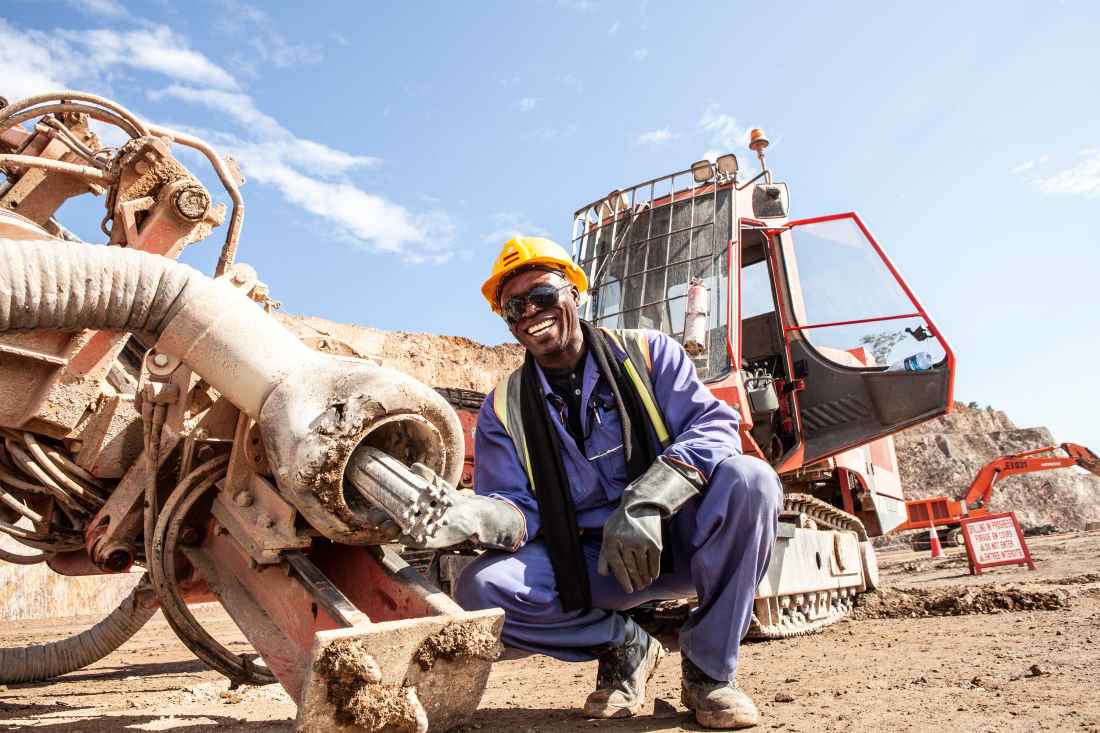
After a record year in 2022-23, generating $467 billion in revenue, forecasts indicate a significant fall in Australian resource and energy exports. The latest Resource and Energy Quarterly, compiled by the Department of Industry, Science and Resources, points to around $400 billion in total value for the 2023-24 year. Still a healthy figure, but a significant 15% drop on the previous period.
The decline could be part of a prolonged downturn in Aussie commodity exports and for miners, with the forward projections in 2024-25 looking even more grim. Simple supply and demand factors are behind the trend; however, other global elements also drive the long-term outlook for Australian resource and energy firms.
Here are the critical economic drivers at a glance:
Despite easing COVID restrictions in the country, China’s economy is sluggish, affecting Australian miners more than any other factor.
Iron Ore
While Aussie miners have ramped up production and benefited from the exchange rate, Iron Ore’s export outlook remains depressed. Prices are volatile, more suppliers are appearing, and with China’s diminished property market expected to stay put, there is nothing to halt the long-term global price drops for Fe.
Iron ore earnings will likely drop from $124 billion in 2022-23 to $120 billion this year, and steeply to $99 billion in 2024-25.
Gas
Australia remains one of the world’s largest Liquified Natural Gas (LNG) exporters, shipping a staggering 180.96 million megaliters in 2022 and generating $93 billion in revenue. Experiencing a boom in demand after the Russo-Ukraine war began, and with record profits to boot, gas earnings are predicted to ease this year to $72 billion. Gas companies will watch winter temperatures in the Northern Hemisphere closely for a guide to demand over the next two quarters.
Lithium
As the Energy Transition begins to take shape, demand for Lithium – a critical mineral – is solid; however, oversupply is starting to take its toll on prices. Those are expected to fall in the near term after record rises. However, Australian miners will be partially shielded from the worst by higher export volumes and value-added refining domestically. Australia hit record lithium exports of $20 billion in 2022–23, forecast to decline to $16 billion in 2024–25 while still responsible for half the world’s annual Lithium supply.
Oil
Big suppliers, united under organizations like OPEC, essentially engineer oil prices these days by controlling supply, which in turn, dictates prices. With the tap turned off to avoid oversupply, prices remain elevated, with a tight oil market predicted for the near term.
Forecasters predict the Brent crude price to average $84 a barrel during 2023, as a rebound in global transport fuels higher oil usage. However, analysts anticipate oil prices to fall consistently, reaching around $79 a barrel by 2025. As export volumes rise, Australia’s crude and condensate export earnings should lift to $14.6 billion in 2023–24.
Metallurgical and Thermal Coal
Thanks to a decline in global steelmaking and as homes and industries seek lower carbon energy options, coal demand is edging down. Australian metallurgical and thermal coal export value is expected to undergo steep price declines in the near term in line with demand. Metallurgical coal exports will fall from $62 billion in 2022–23 to $41 billion in 2024–25. Thermal coal shipments will also dip from a peak of $65 billion in 2022–23 to around $28 billion by 2024–25.
If dust control is an issue for your construction, exploration or resource business, check out GRT’s tailored solutions, including our Smart Dosing Units.
If you’d like to talk with an expert, simply contact us!
Your feedback is important to us.
If you enjoyed reading this Global Road Technology industry update and found it informative, please let us know by leaving a REVIEW.
https://www.industry.gov.au/publications/resources-and-energy-quarterly-september-2023
Are environmental regulations, health and safety concerns or potential profit loss a concern right now?
Contact Us Now